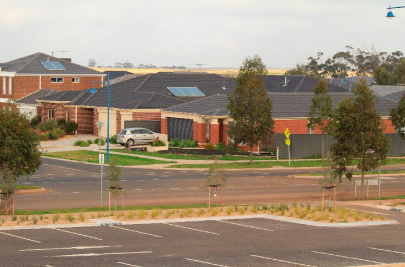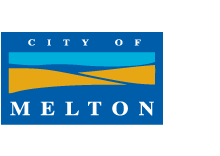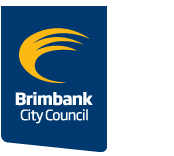As Low Carbon West stakeholders know, WAGA’s current priority for regional action to reduce greenhouse gas emissions is to find ways to help businesses reduce energy use and switch to renewables. This is because nearly half (46%) of the region’s total emissions are generated by non-residential buildings. But the WAGA councils also have programs to help residents reduce their emissions – and their energy bills.
Housing contributes 18% of the region’s total emissions, and this figure is expected to rise by 20% to 2020 due to rapid population growth, with up to 180,000 new homes required by 2031, particularly in the growth areas of Melton, Wyndham and Greater Geelong. This presents a huge opportunity to plan for sustainability in new housing developments and, in the meantime, retrofit existing homes for energy efficiency and solar.
Already, there is rapid uptake of solar in the growth areas. In the last ten years, more than 3,000 solar PV units and 11,000 solar hot water heaters were installed on rooftops across Wyndham. Hoppers Crossing and Werribee are among the top solar-installing suburbs in Australia. No doubt, the 6 Star Standard for new homes and renovations in the National Construction Code is contributing to the uptake.
WAGA councils are also encouraging energy efficiency and renewables. Local government solar programs offer residents high quality rooftop panels at a discounted price with great warranties as well as expert advice and support throughout the process. Some programs also offer a deal on other sustainable technology such as LED lights. The following WAGA councils currently have active solar programs: Greater Geelong, Hobsons Bay, Moonee Valley and Wyndham.
Energy efficiency is promoted through targeted community and schools education and household energy assessments. In the WAGA region, these include:
- Greater Geelong’s EcoChallenge@home program – popular community information sessions on how to reduce energy and water and home sustainability assessments
- Brimbank’s justly famous Sustainability in Schools program – providing schools sustainability resources to support teachers who wish to teach environmental and sustainability topics in the classroom
- Maribyrnong’s ‘Turn It Down’ campaign – household energy audits with advice on how to reduce electricity and gas bills
- Melton’s award-winning LEADS program – Lead, Educate, Advocate, Demonstrate Sustainability, a community engagement program that has created champions and mentors in the community.
Despite the success of residential solar, certain sections of the community do not have access or capacity to install systems, notably disadvantaged residents, renters and apartment dwellers. Local government is starting to address this market failure. The WAGA councils – like other councils around Victoria – have been encouraged by Darebin City Council’s Solar $aver program, which offers Darebin pensioners a way to purchase solar systems with no upfront costs and repayments matched to energy savings, repaid entirely through rates. WAGA supports the collaborative project – and New Energy Jobs Fund application – by the Eastern and Northern Alliances for Greenhouse Action (EAGA and NAGA) to develop a business case and methods for the expansion of Darebin’s project across the state. We are also watching the national Smart Blocks program, which gives apartment owners practical support to install solar and energy efficiency measures in their blocks. Since its launch in 2013, the program has signed up nearly 500 buildings. The program is owned by the City of Melbourne and City of Sydney and includes support from a number of councils around the country, including Maribyrnong in the WAGA region.








